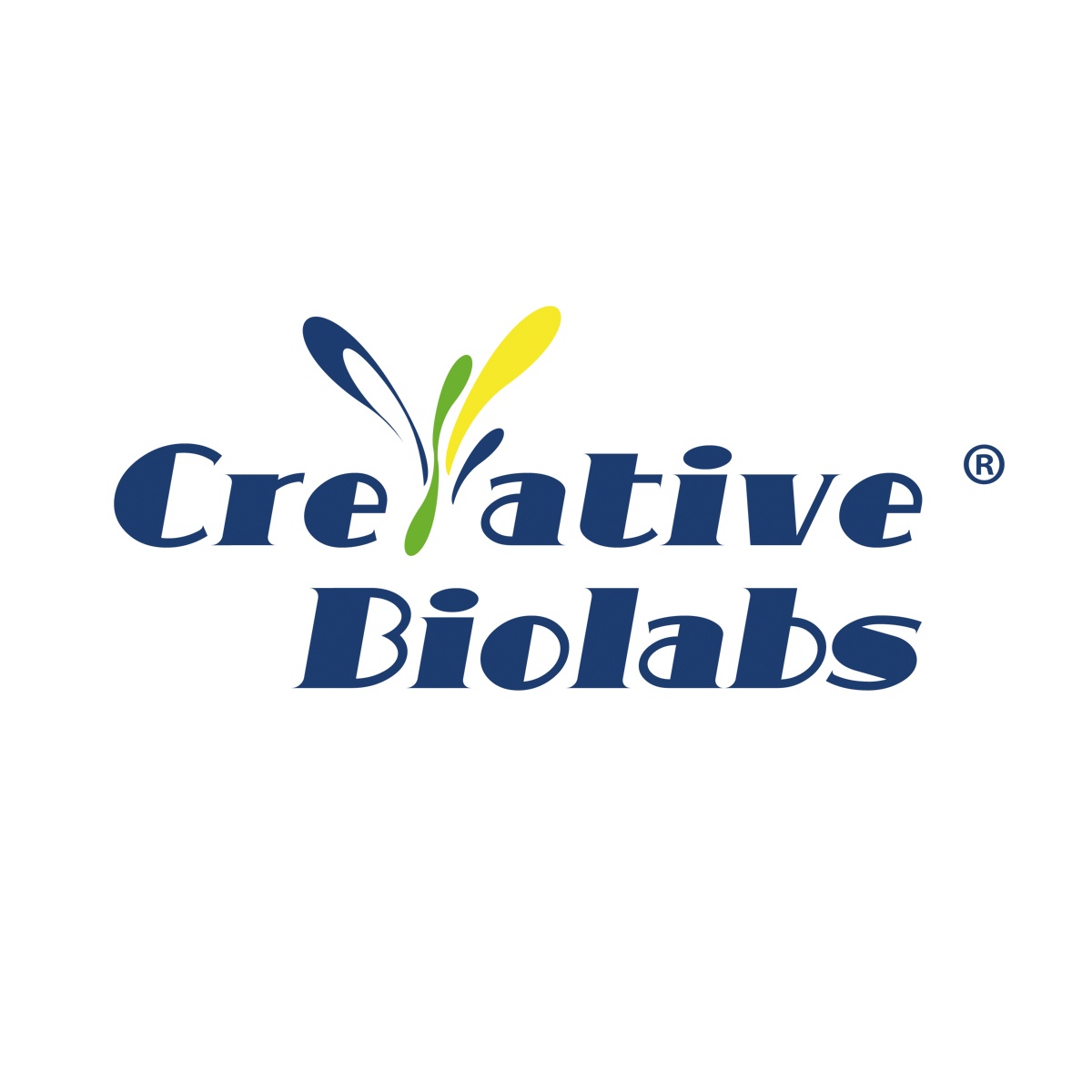CCR9 / FITC / CW-1.2
Product Details
| Description | This product is a mouse antibody that recognizes CCR9. The antibody CW-1.2 can be used for immunoassay techniques such as: FC. | |
|---|---|---|
| Conjugate | FITC | |
| Clone | CW-1.2 | |
| Target Species | Mouse | |
| Applications | FC | |
| Supplier | Creative Biolabs | |
| Catalog # | Sign in to view product details, citations, and spectra | |
| Size | ||
| Price | ||
| Antigen | ||
| Host | ||
| Isotype |
About CCR9
The protein encoded by this gene is a G protein-coupled receptor with seven transmembrane domains that belongs to the beta chemokine receptor family. Chemokines and their receptors are key regulators of thymocyte migration and maturation in normal and inflammation conditions. This gene is differentially expressed in T lymphocytes of the small intestine and colon, and its interaction with chemokine 25 contributes to intestinal intra-epithelial lymphocyte homing to the small intestine. This suggests a role for this gene in directing immune responses to different segments of the gastrointestinal tract. This gene and its exclusive ligand, chemokine 25, are overexpressed in a variety of malignant tumors and are closely associated with tumor proliferation, apoptosis, invasion, migration and drug resistance. This gene maps to the chemokine receptor gene cluster. Multiple transcript variants encoding different isoforms have been found for this gene. [provided by RefSeq, Aug 2020]
The protein encoded by this gene is a G protein-coupled receptor with seven transmembrane domains that belongs to the beta chemokine receptor family. Chemokines and their receptors are key regulators of thymocyte migration and maturation in normal and inflammation conditions. This gene is differentially expressed in T lymphocytes of the small intestine and colon, and its interaction with chemokine 25 contributes to intestinal intra-epithelial lymphocyte homing to the small intestine. This suggests a role for this gene in directing immune responses to different segments of the gastrointestinal tract. This gene and its exclusive ligand, chemokine 25, are overexpressed in a variety of malignant tumors and are closely associated with tumor proliferation, apoptosis, invasion, migration and drug resistance. This gene maps to the chemokine receptor gene cluster. Multiple transcript variants encoding different isoforms have been found for this gene. [provided by RefSeq, Aug 2020]
About FITC
Fluorescein isothiocyanate (FITC) has an excitation peak at 495 nm and an emission peak at 519 nm. The name FITC is a misnomer in that the isothiocyanate is a reactive form of this dye. Once FITC is conjugated to an antibody, it is simply Fluorescein conjugated. FITC is one of the most widely used dyes for fluorescent applications, therefore most instruments come standard with a 488 nm laser and FITC filter set up. FITC is commonly conjugated to secondary antibodies and used in applications such as flow cytometry, immunocytochemistry, and immunohistochemistry. FITC is relatively dim, sensitive to photobleaching and it is susceptible to changes is pH. There are better performing alternatives to FITC, like Vio®Bright 515, Alexa Fluor™ 488, iFluor® 488, CF®488A and DY-488. FITC is a long-time generic dye with no sole manufacturer or trademark.
Fluorescein isothiocyanate (FITC) has an excitation peak at 495 nm and an emission peak at 519 nm. The name FITC is a misnomer in that the isothiocyanate is a reactive form of this dye. Once FITC is conjugated to an antibody, it is simply Fluorescein conjugated. FITC is one of the most widely used dyes for fluorescent applications, therefore most instruments come standard with a 488 nm laser and FITC filter set up. FITC is commonly conjugated to secondary antibodies and used in applications such as flow cytometry, immunocytochemistry, and immunohistochemistry. FITC is relatively dim, sensitive to photobleaching and it is susceptible to changes is pH. There are better performing alternatives to FITC, like Vio®Bright 515, Alexa Fluor™ 488, iFluor® 488, CF®488A and DY-488. FITC is a long-time generic dye with no sole manufacturer or trademark.
Experiment Design Tools
Panel Builders
Looking to design a Microscopy or Flow Cytometry experiment?
Validation References
Reviews & Ratings
| Reviews |
|---|
Looking for more options?
645 CCR9 antibodies from over 26 suppliers available with over 77 conjugates.





